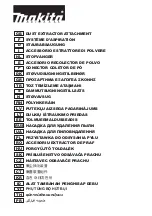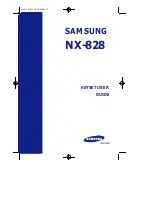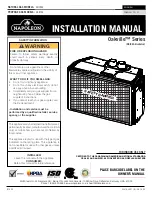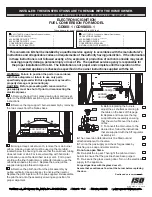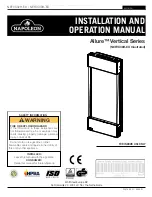
6
OPERATION
2.2 CONNECTING
The TEROS 11/12 works seamlessly with METER data loggers. The TEROS 11/12 can
also be used with other data loggers, such as those from Campbell Scientific, Inc. For
extensive directions on how to integrate the sensors into third-party loggers, refer to the
.
TEROS 11/12 sensors require an excitation voltage in the range of 4 to 15 VDC and operate
at a 4 VDC level for data communication. TEROS 11/12 can be integrated using DDI serial or
SDI-12 protocol. See the
for details on interfacing with data
acquisition systems.
TEROS 11/12 sensors come with a 3.5-mm stereo plug connector (
) to facilitate easy
connection with METER data loggers. TEROS 11/12 sensors may be ordered with stripped
and tinned wires to facilitate connecting to some third-party loggers (
).
Ground
Data output
Power
Figure 1 Stereo plug connector
The TEROS 11/12 sensor comes standard with a 5-m cable. It may be purchased with custom
cable lengths for an additional fee (on a per-meter basis). METER has successfully tested
digital communication on cable lengths up to 1,000 m (3,200 ft). This option eliminates the
need for splicing the cable (a possible failure point). However, the maximum recommended
length is 75 m.
2.2.1 CONNECT TO METER LOGGER
The TEROS 11/12 sensor works most efficiently with METER ZENTRA, EM60, and
Em50 series data loggers. Check the METER
for the most recent data
logger firmware. Logger configuration may be done using either ZENTRA Utility (desktop and
mobile application) or ZENTRA Cloud (web-based application for cell-enabled ZENTRA data
loggers).
1. Plug the stereo plug connector into one of the sensor ports on the logger.
2. Use the appropriate software application to configure the chosen logger port for the
TEROS 11 or TEROS 12.
METER data loggers wil automatically recognize TEROS 11/12 sensors.
3. Set the measurement interval.
METER data loggers measure the TEROS 11/12 once every minute and return the average
of the 1-min data across the chosen measurement interval.


























